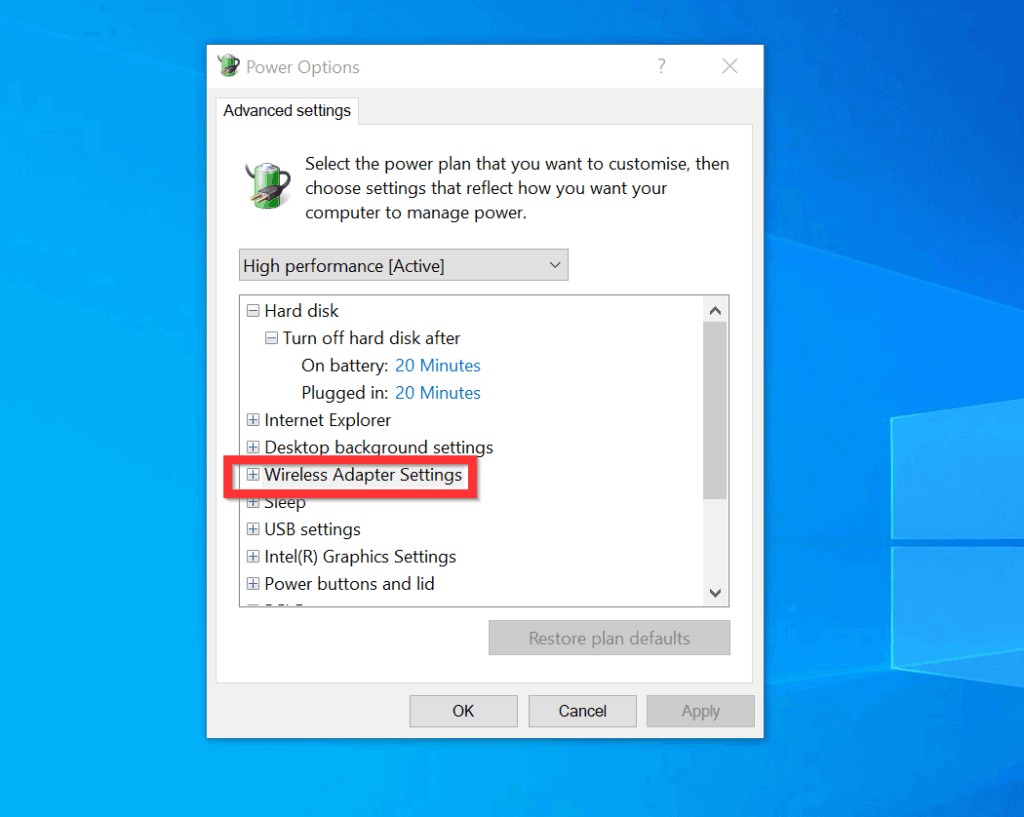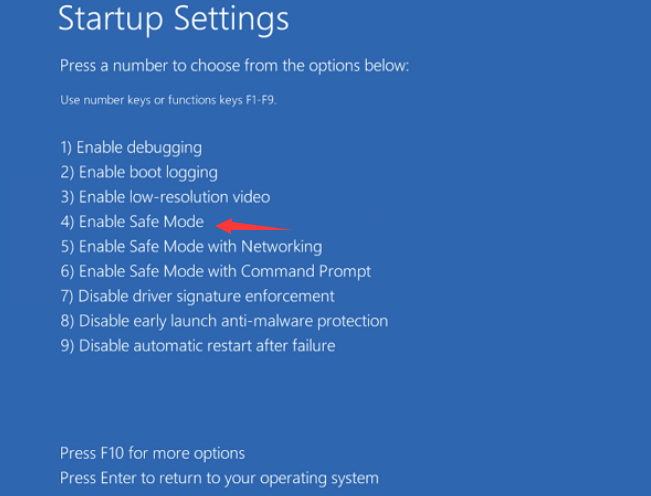

Continue to hold down on the power button or until it shuts down again. The way to do this is by pressing and holding the power button until the logo appears on the screen.

In some cases, the computer may not go into safe mode, in which case it will have to be done through Recovery Environment, RE for short. The above instructions are to be done if there is no trouble in getting into safe mode. One of these two methods should take care of Driver Power State Failure issues for Windows 10. Set Wireless Adapter to Maximum Performance Set PCI Express and Link State Power Management to MaximumĦ. Click Change Settings Currently Unavailableĥ. From Control Panel go to Hardware, Sound and Power optionsĤ. If the above instructions do not work then the user will have to turn off power saving.ġ. Then right click “update driver software and search automatically” Select appropriate network Adapter and Display Adapterģ. In control panel, select Hardware, Sound and Device ManagerĢ.


Therefore, check and make sure what the method is before attempting the following instructions, which is for Windows 10.ġ. The way to do this will be slightly different depending on your Windows operating system. Once the computer is rebooted, go into safe mode. In fact, the two most common failures are Wi-Fi drivers and graphics drivers. When it is a driver issue then it is because it is either outdated or incompatible with the current Windows operating system. In most situations, it is caused by power setting issues or driver issues. This type of failure can be caused by several reasons. Common causes of Driver Power State Failure If the computer takes a long time to respond or not at all, Windows will flag it and mark it as a Driver Power State Failure. When things are working well Windows should send the “wake up” signal. This type of failure happens when the computer goes into sleep mode while it is being used. Windows Driver Power State Failure – BlueScreen Error 0x0000009F


 0 kommentar(er)
0 kommentar(er)
